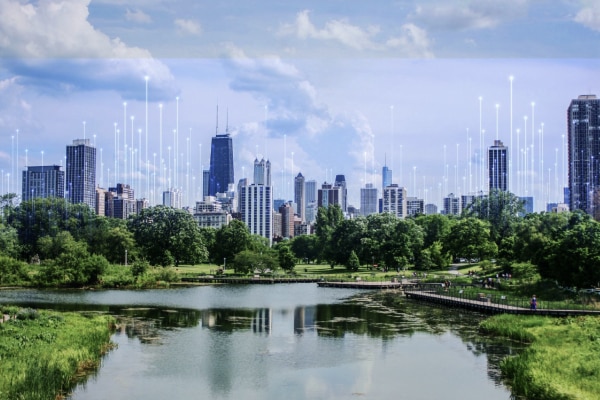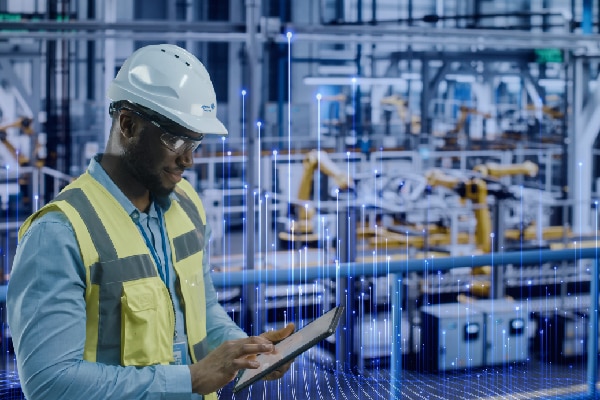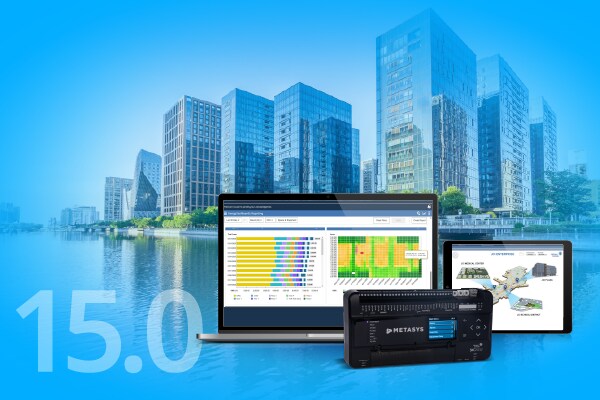- Johnson Controls
- Building Insights
- What's Next for Healthy Buildings?
What’s Next for Healthy Buildings?
Building Solutions North America leader Jenny Stentz moderates an insightful discussion about solving today’s challenges in the buildings space at AHR Expo 2022.
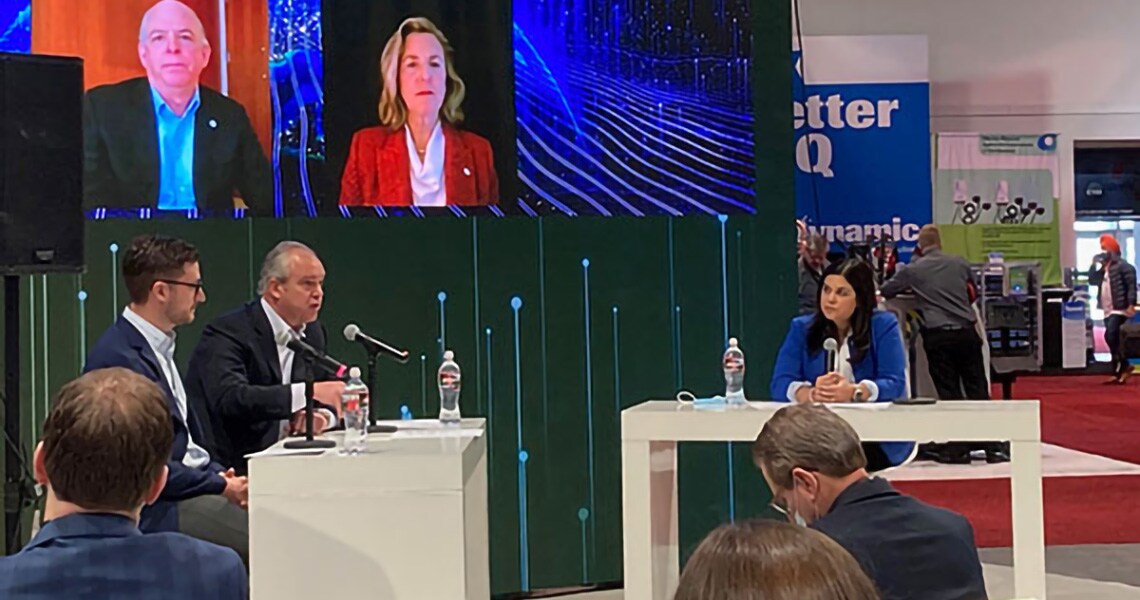
By Jenny Stentz, vice president and general manager, HVAC, Buildings Field Operations, Johnson Controls
Now, more than ever, is an exciting time for those of us in the HVACR industry. The industry is facing a wide range of obstacles as it strives to meet the demands of modern consumers emerging from two unprecedented years of challenges and changes. With concerns about sustainability and well-being dominating conversations the world over, the HVACR industry finds itself in a unique position to reimagine the role buildings play in our future.
I had the opportunity to join four of Johnson Controls’ game-changing leaders who are working to solve today’s challenges in the built environment and to help answer this question: What’s next for healthy buildings? Here are the top-of-mind topics for HVACR industry leaders as they enter a new era of business practices.
Sustainability and Decarbonization
Forty percent of all greenhouse gas emissions come from architectural infrastructure, so decarbonizing the built environment is a necessary step to cutting carbon emissions. The HVACR industry is waking up to the reality that there is no tackling climate change without substantial investments in green buildings. In fact, our recent joint study with Forrester found 80% of senior leaders across the globe say implementing or maturing a sustainability initiative is their top business priority for the upcoming year.
With concerns about sustainability and well-being dominating conversations the world over, the HVACR industry finds itself in a unique position to reimagine the role buildings play in our future.
As such, systems providers do not see meeting minimums as the goal. They are pursuing innovative solutions that go above and beyond baseline standards to future-proof their businesses and the industry’s success. Healthy buildings that take environmental and health-related factors into account are the focus for HVACR professionals who want to stay ahead—and doing so will require the digital transformation of buildings with connected, energy-efficient HVACR equipment and controls.
Labor Issues
Consumers need more HVACR work done than ever before—especially as businesses prioritize clean air and ecofriendly buildings. However, there aren’t enough qualified workers to meet the need. In fact, the Bureau of Labor Statistics estimates that demand for HVACR professionals will grow 15% by 2026. As such, it will be imperative that the industry invest in building, training and retaining a robust workforce that can support the growing market for healthy building improvements.
Providing professional development opportunities to current HVACR professionals will aid retention in the coming years, while stressing the room for growth and innovation HVACR offers will help recruit those thinking of entering the field. Furthermore, highlighting the industry’s work toward creating a more sustainable future could prove valuable in recruiting out of high schools and technical colleges,
as could noting the stability a job in the HVACR industry provides.
Indoor Air Quality as a Service
When the pandemic hit, the importance of indoor air quality (IAQ) became clear. What was once a given—that the air in an office building or classroom was safe to breathe—became a question mark for many people, and concerns over IAQ have not waned. Workers and students remain uncertain about returning to shared spaces with the knowledge that shared air can pose a danger to their health and well-being, whether we’re in a pandemic or not.
Building owners and managers will ultimately be responsible for addressing this demand and creating environments with good IAQ. However, HVACR providers would do well to consider how their solutions fit into this emerging market sooner rather than later. Those who do can help building owners and managers keep tenants safe and healthy while committing to more sustainable projects.
Government Regulations
The industry as a whole is adjusting its approach to sustainability in response to impending government mandates, such as the Department of Energy’s 2023 energy-efficiency regulations and the low-GWP refrigerant transition. These upcoming changes are poised to affect the industry by redefining standards. Manufacturers must begin testing new, low-GWP refrigerants and redesigning equipment to meet new requirements. In contrast, dealers and contractors must start learning as much as they can about the new standards to ensure safe use, transportation and storage of new refrigerants.
What’s Next?
Perhaps the most profound change to come to the sector is the intensifying of the global climate crisis, which touches on each of the topics noted above. As such, it’s time for the industry to come together to address these challenges head-on—and the industry is rising to the challenge. Enterprises are developing groundbreaking solutions that result in healthy buildings, healthy people and a healthy planet. Focusing on IAQ, energy, improved supply chains and the facilitation of strong workforces can help organizations cut costs, improve safety, raise productivity and achieve sustainability goals, all while building healthy environments that serve our populations for years to come.
Related Items
Building Automation and Controls
Johnson Controls building automation systems are the foundations of modern building energy management efficiency.
HVAC Equipment
Johnson Controls' extensive portfolio of HVAC equipment and controls for efficient, reliable climate control in healthy buildings.
Healthcare
Our integrated healthcare solutions enable facilities to meet the challenging security needs and help to provide better service to their patients.
Higher Education
We develop student housing and smart learning solutions to facilitate an effective learning environment for better student engagement.

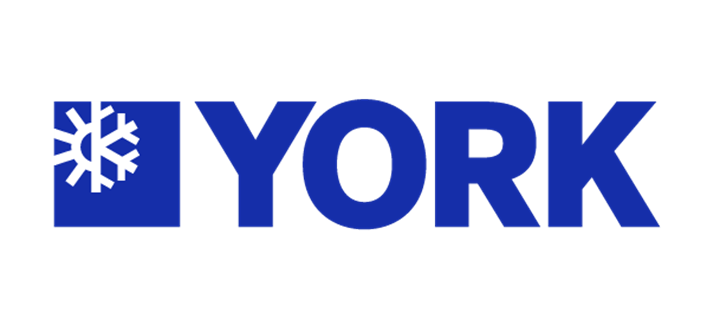



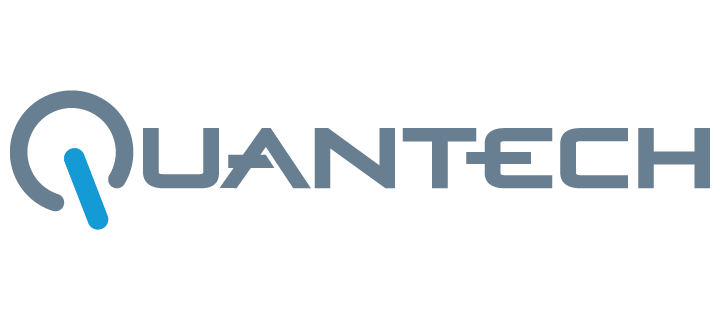
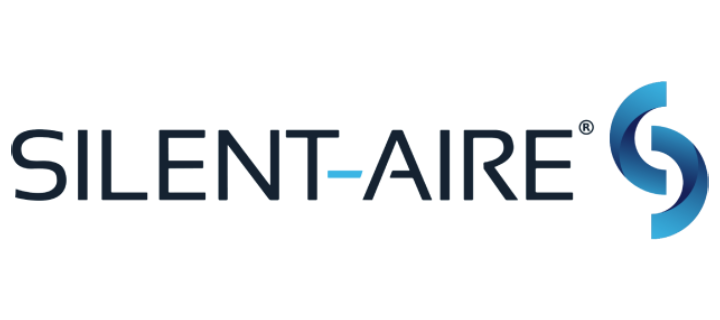
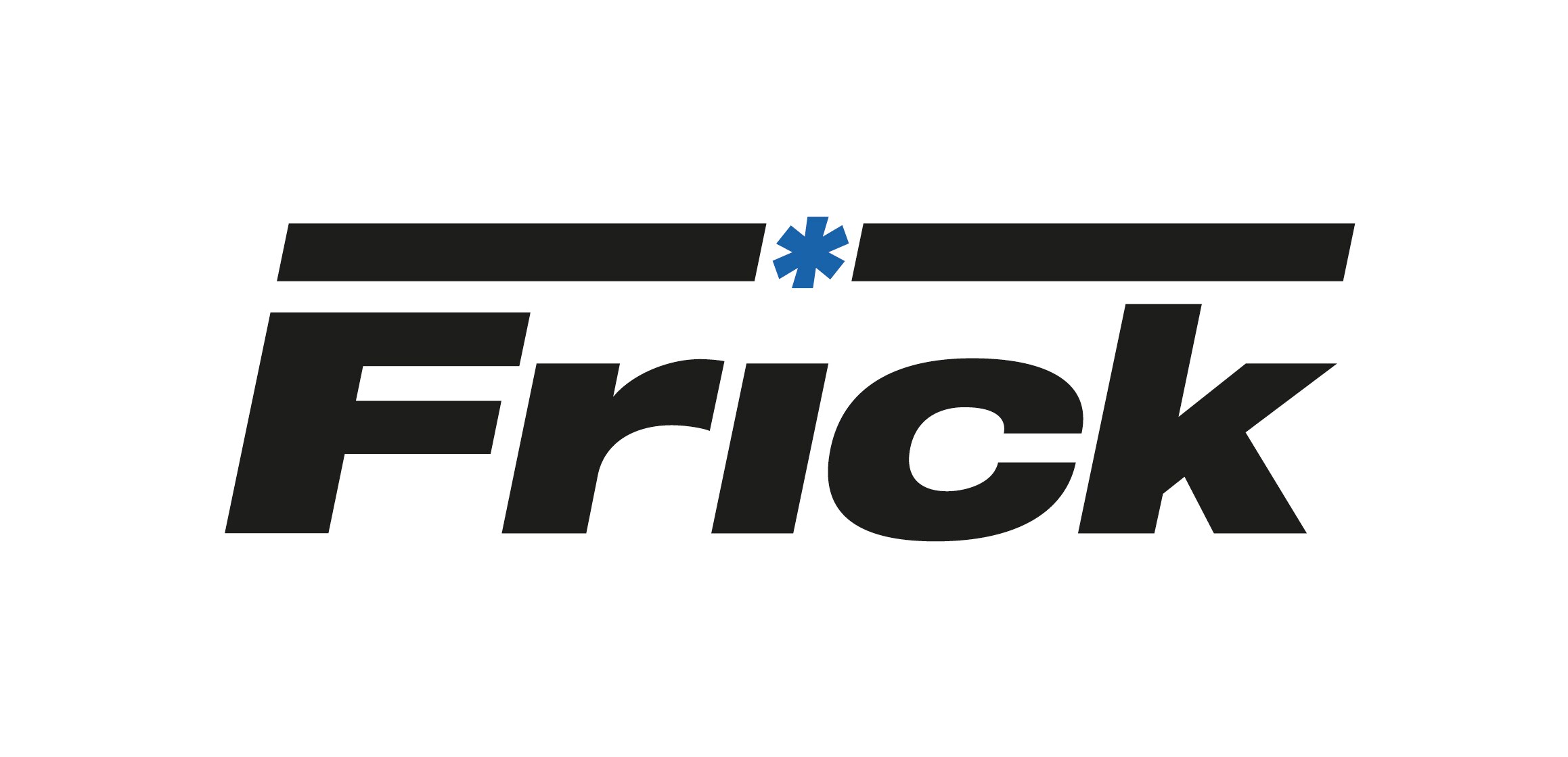
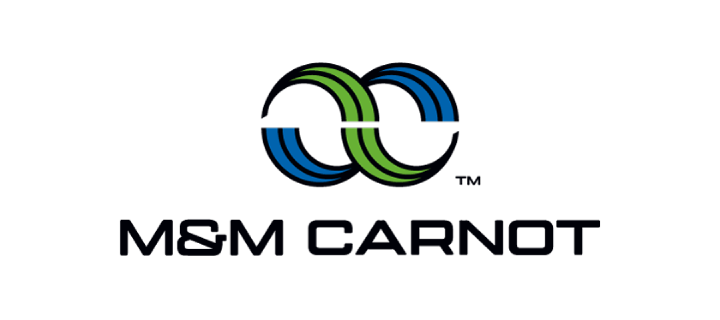


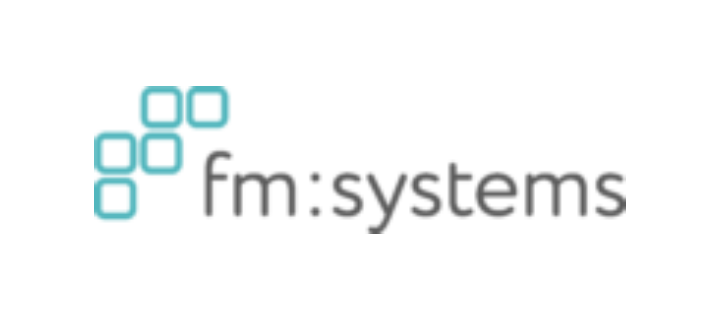



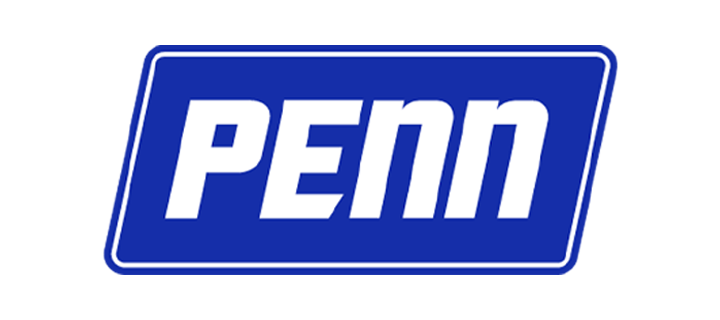

.jpg?la=en&h=320&w=720&hash=244C75B74F0F77521D56164450973BCD)
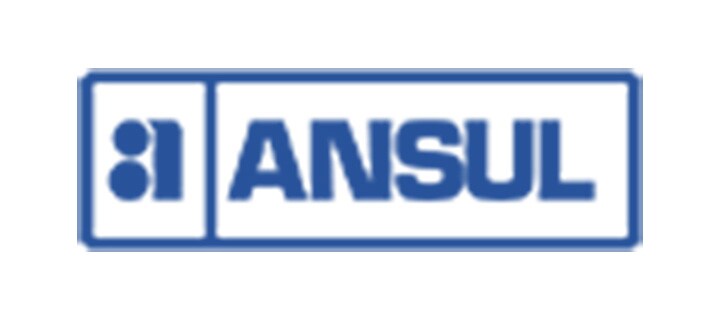
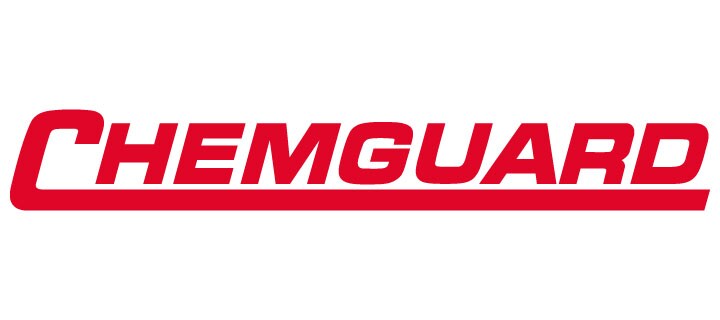
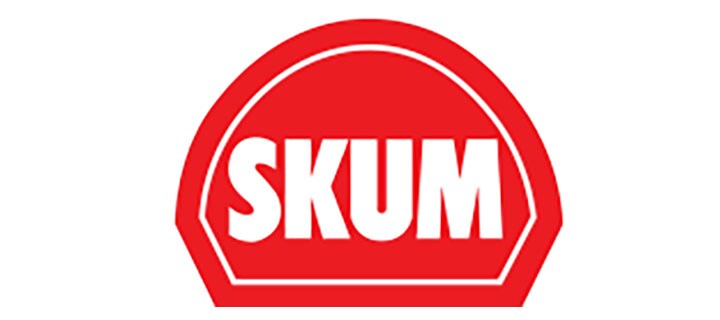


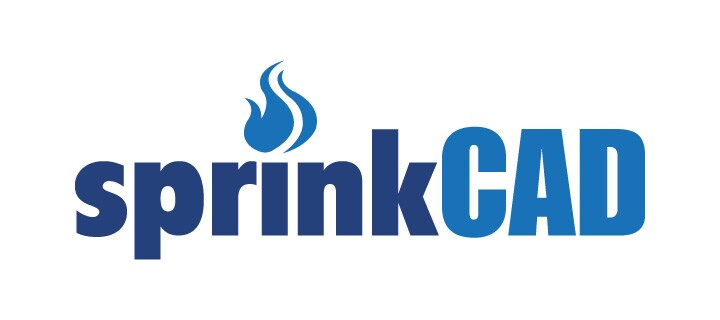
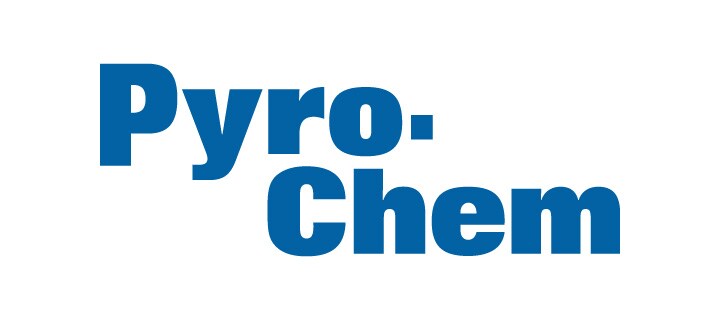
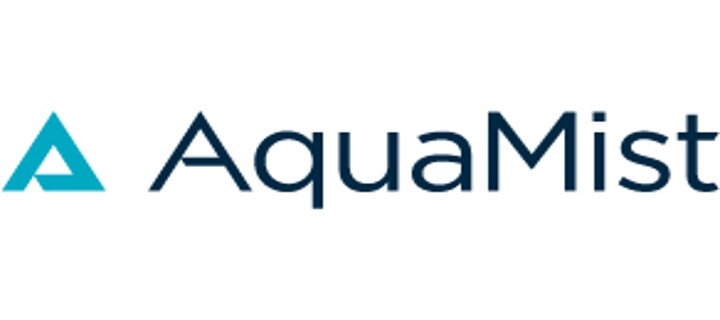



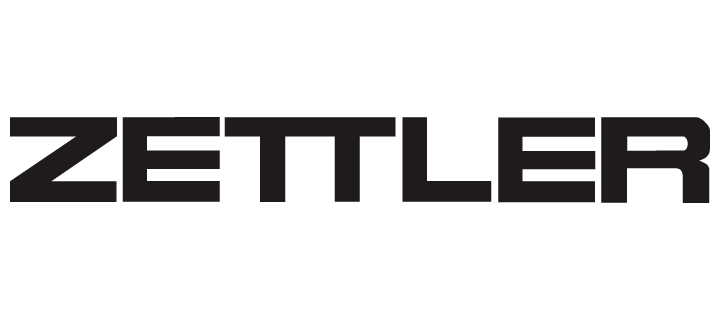


.jpg?la=en&h=310&w=720&hash=8D9823F26AA80B2B75C3E4B2E61770DC)

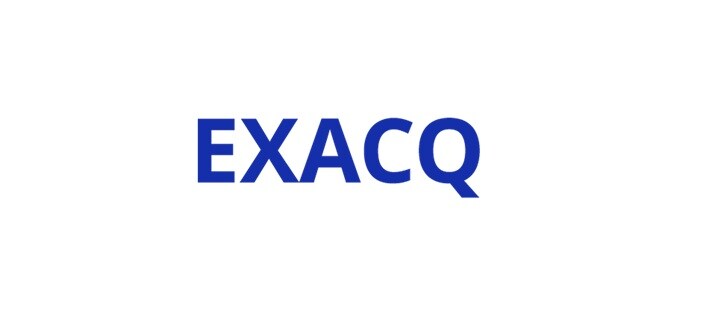
.jpg?la=en&h=320&w=719&hash=13CA7E4AA3E453809B6726B561F2F4DD)
.jpg?la=en&h=306&w=720&hash=F21A7CD3C49EFBF4D41F00691D09AEAC)

.png?la=en&h=320&w=720&hash=18CFCCD916C92D922F600511FABD775D)






